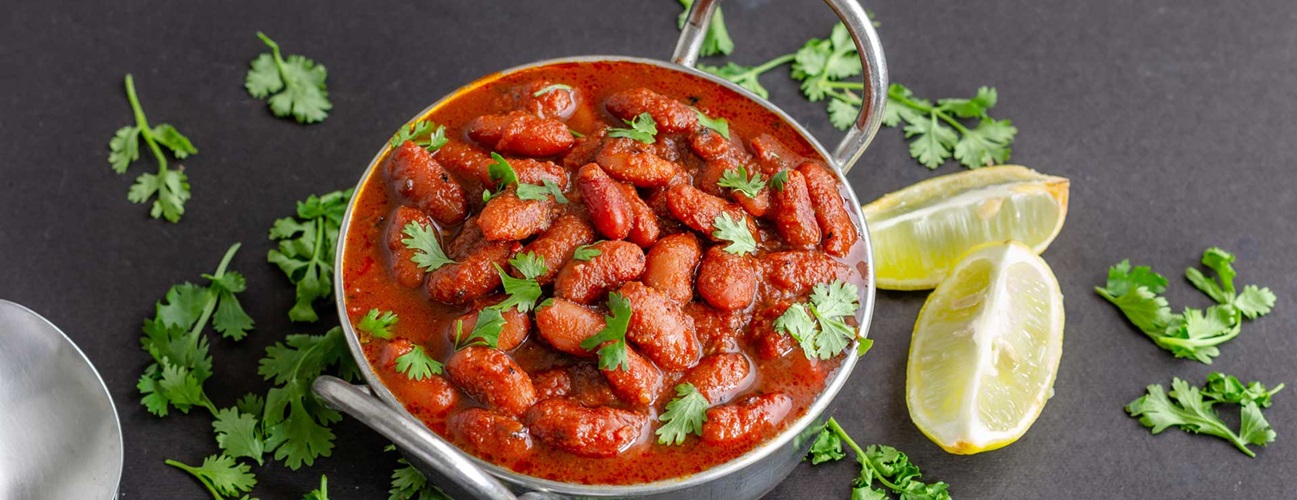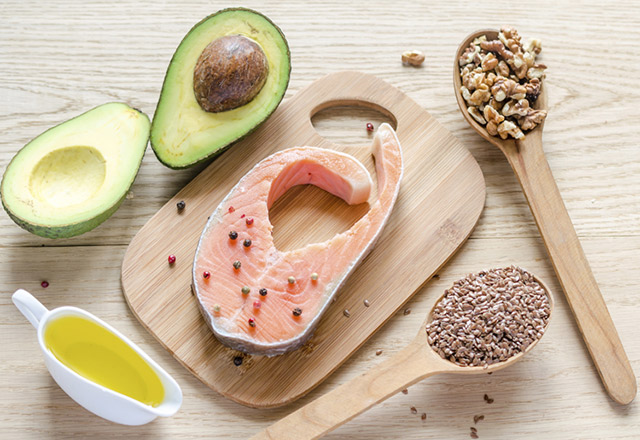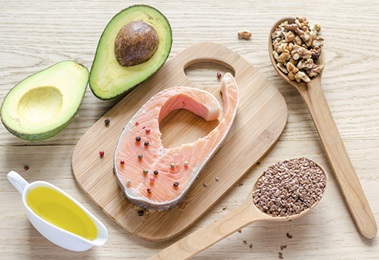A Heart-Healthy Eating Adventure
You hear the phrase “Mediterranean diet” a lot when doctors talk about heart-healthy eating. And with good reason: Its hallmarks — healthy fats and plant foods — have been shown to be very beneficial to heart health. But there’s a wide world of other international choices out there that share these nutrition principles.
Mixing up the types of foods you eat can make your diet more interesting and help you stick longer and more easily to these life-changing principles, says Johns Hopkins registered dietitian Kathleen Johnson, M.A., R.D., L.D.N.
Try some of the following tasty, good-for-you choices that favorite ethnic cuisines have to offer.
Mexican
A staple of Mexican cooking is the tortilla. Start by choosing organic corn tortillas over wheat for more minerals and fiber. It’s also a smart choice for many people who are looking to lower their fat and sodium intake, Johnson says.
Select fish, chicken or vegetable dishes. Black beans are a great source of protein — pick them over refried beans.
For a topper, try a little guacamole. Avocado is a heart-healthy fat, and cilantro (a common spice in guacamole and Mexican dishes) is surprisingly full of antioxidants, Johnson says.
Indian
The abundance of vegetarian options makes it easy for heart-conscious diners to go out for Indian food. The warming spices they feature, such as turmeric and garam masala, are also anti-inflammatory, which is great for the heart.
Among the Indian dishes Johnson suggests:
- lentil dal — lentils are a good source of protein
- chickpea vindaloo
- chana masala (made of chickpeas) and bhindi (okra)
- rajma — it features kidney beans in a thick sauce
- curries, of course — in addition to curries with classic spices, such as turmeric, you can find plenty of vegetarian options made with coconut milk
Japanese
Fish dishes — hallmarks of the Japanese diet — are an excellent source of important omega-3 fatty acids for your heart. But be aware that Japanese foods can have a lot of sauce. “It’s best to ask for sauce on the side if you can,” Johnson suggests. Also choose brown rice over white for more heart-healthy fiber.
Ethiopian/Moroccan/North African
What these cuisines have in common is a lot of vegetable tagines, a type of stew named after the earthenware pot in which it’s cooked. “Ethiopian restaurants are a great place to take kids because they get to eat with their hands,” Johnson notes. Rather than utensils, the food is eaten with a flatbread made of teff flour, which is thought to help with blood-sugar management.
Try It Ethnic Cooking at Home
It’s fun to experiment with international cooking right in your own kitchen. Try looking at different types of ethnic cookbooks, suggests Johns Hopkins dietitian Kathleen Johnson. One of her favorites: Plenty, by Israeli born chef Yotam Ottolenghi, which provides a fresh take on preparing vegetables






